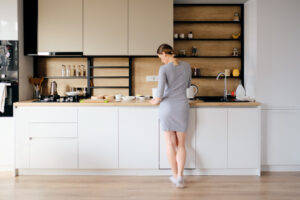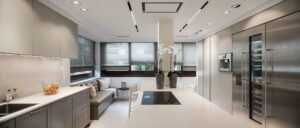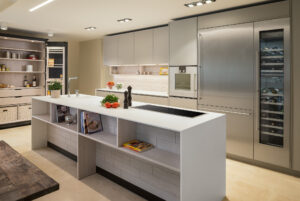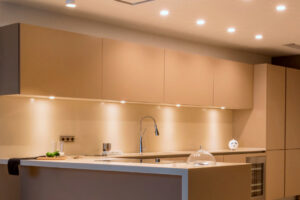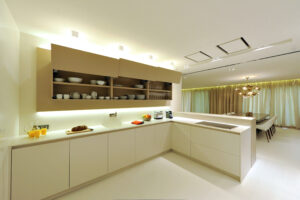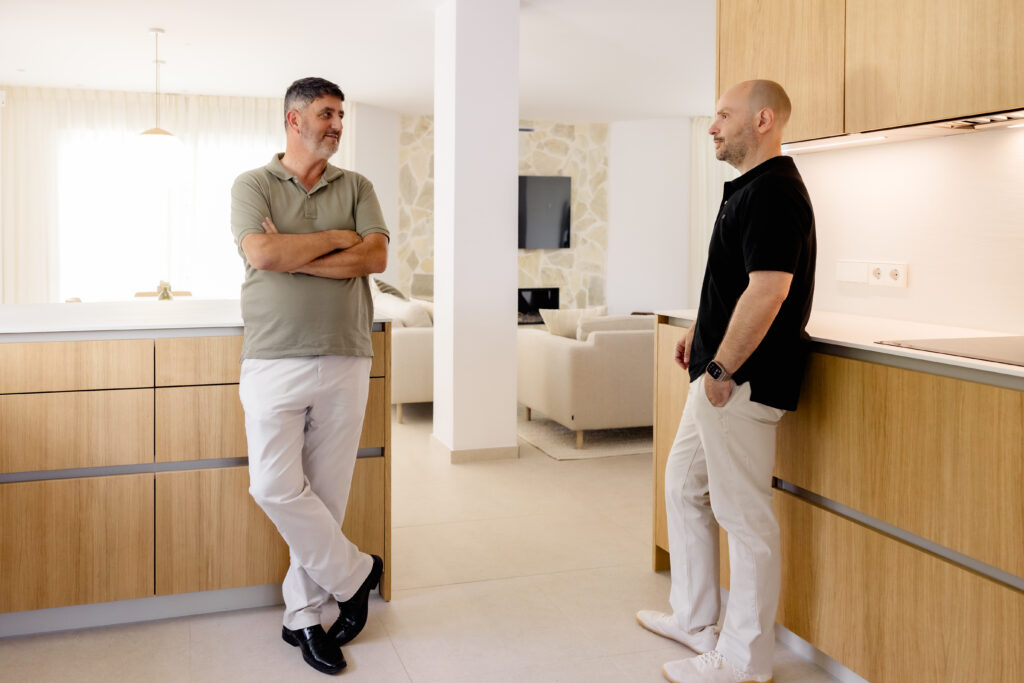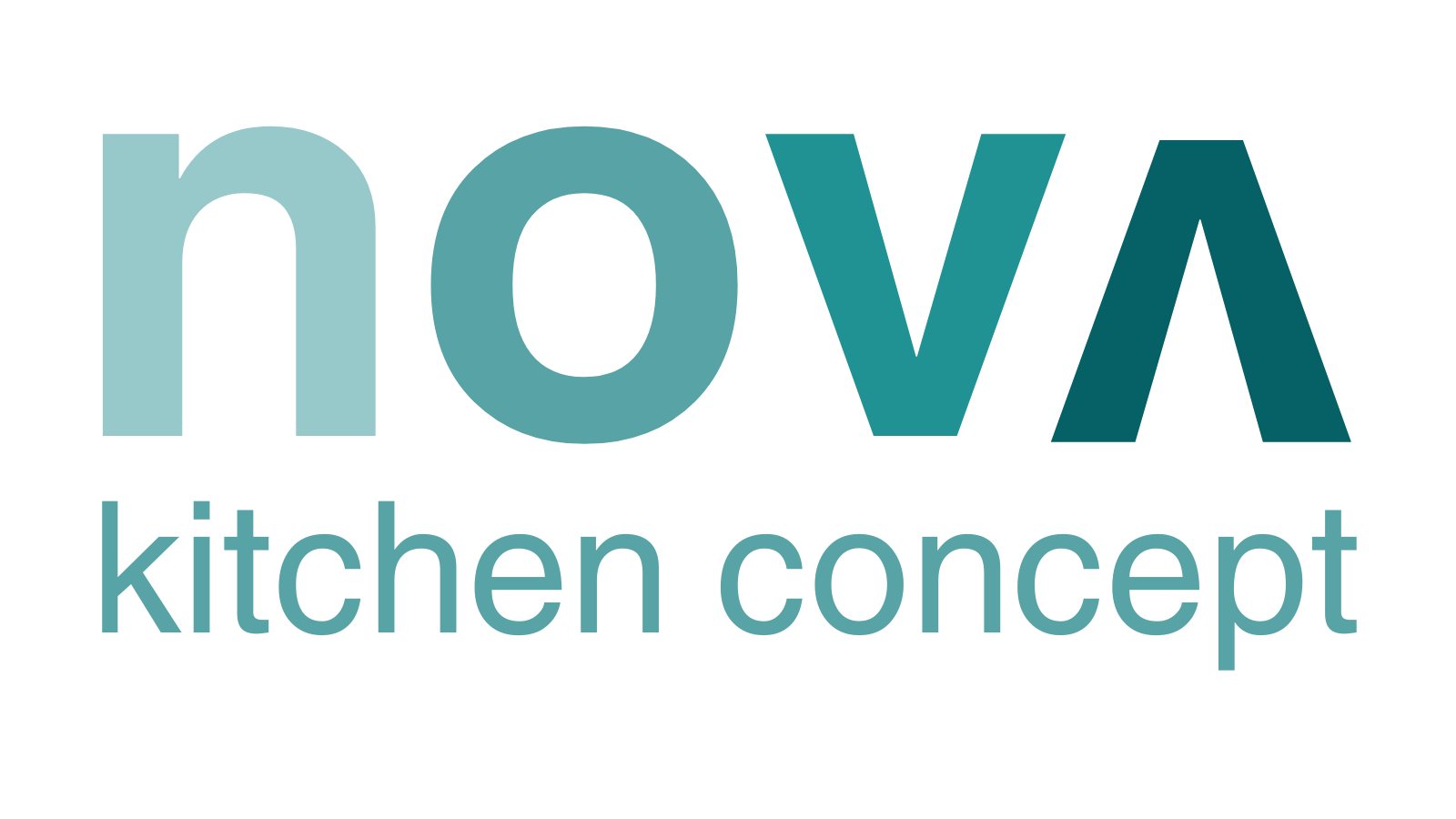Choosing materials is not just a matter of aesthetics
When we think about a custom kitchen, we usually focus on the design and layout. However, the choice of materials is what will make the difference between a kitchen that can withstand the pace of everyday use... and one that wears out prematurely.
At Nova Kitchen Concept we always repeat it: there are no perfect materialsThere are materials that adapt better or worse to your lifestyle. Therefore, rather than talking about the "good" and "bad," we prefer to tell you what you can expect from each option.
Countertops: The Kitchen Battlefield
Countertops are, without a doubt, the material that suffers the most. We cut, lean, cook on them... and we make mistakes too.
- Porcelain and technical stone: Extremely heat and impact resistant, they barely stain and require little maintenance. Ideal for those who use the kitchen intensively.
- Compact quartz (Silestone type): Versatile in colors and finishes, it stands up well to everyday use, although it can be damaged by high temperatures.
- High-pressure laminates (HPL)- Inexpensive and visually attractive, but less durable against impact and moisture. A practical option if you're on a budget.
- Solid wood: Warm and inviting, but requires more care. Perfect for moderately used kitchens where a natural look is valued over absolute durability.
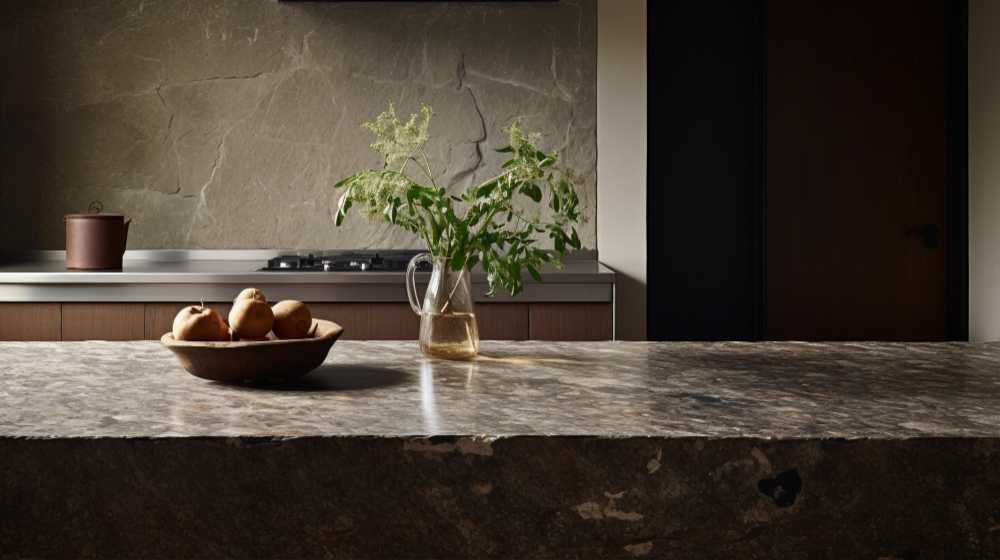
Fronts and finishes: much more than a color
The furniture determines the personality of the kitchen, and here too there are important decisions:
- Matte anti-fingerprint finishes: easy to maintain and very current.
- High gloss lacquers: They visually expand the space, but require more care.
- Treated natural wood: provides warmth and character, although it may vary over time.
The key is to combine materials that balance aesthetics and functionality, adapted to the rhythm of each family.
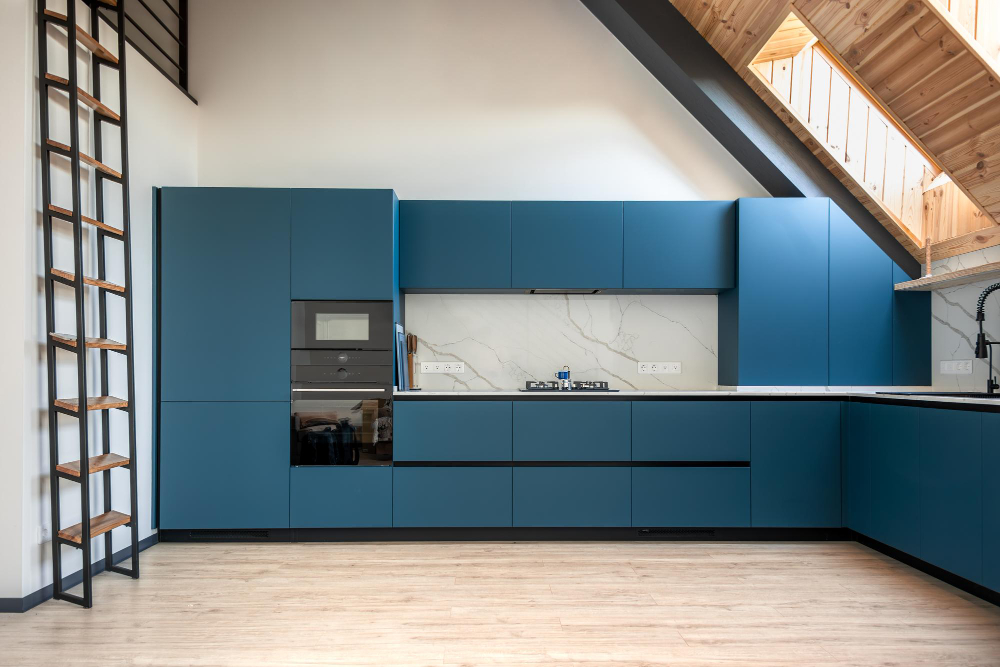
Hardware and hinges: the invisible that makes the difference
A customer rarely asks about hardware… until a hinge fails. The quality of these small elements defines the durability of a kitchen. Investing in good hardware means investing in years of peace of mind.
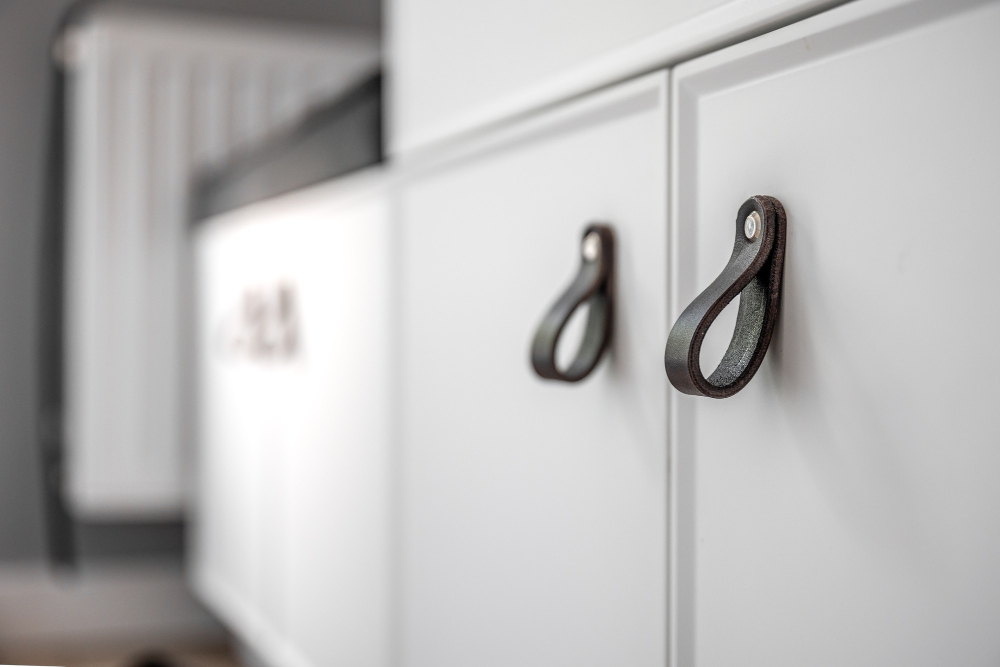

“Clients often come in asking about materials they've seen in magazines or at friends' houses. My role is to help them understand which options truly fit their daily lives. There's no point in choosing the most expensive option if they won't enjoy it, or the cheapest option if they'll regret it two years later.”
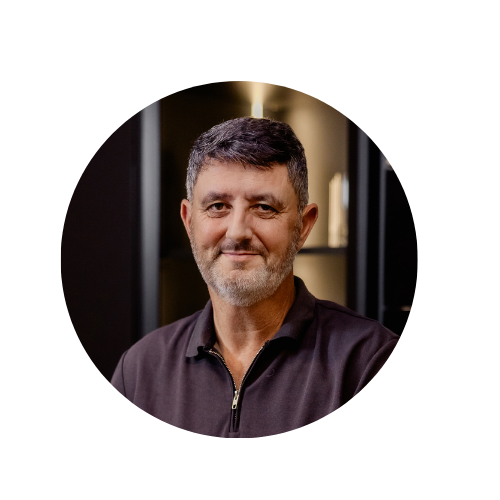
“I always say it's not about finding the perfect material, but the right one. The best material is what responds to each specific use, without causing problems. My job is to translate the individual's needs into the language of design and technology.”

